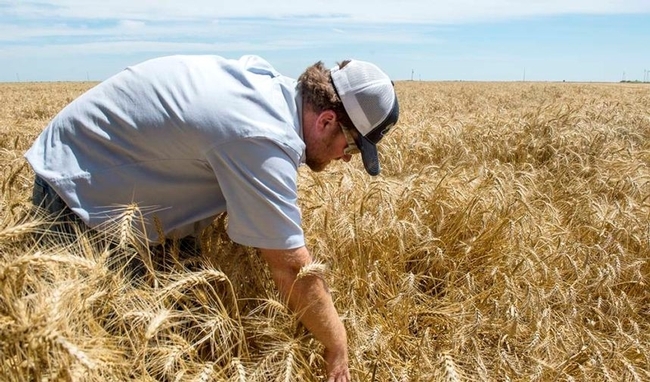Winter grains like wheat and triticale are incredibly attractive to nesting ducks. Winter grains are seeded in the fall and grow throughout the winter; by nesting season, a dense stand of winter grains near a planted rice field looks like a great nesting location with brood-rearing habitat just a waddle away. Several studies have found ducks may favor winter planted grains over natural uplands when they're available, and winter grains in rice country can produce far higher mallard nest densities and nest survival than anything in the Prairie Pothole Region.
Unfortunately, some winter grains like wheat have been declining along with its poor market price, and the Sacramento Valley's once robust mallard population is declining with it. We may not be able to stop the market forces that are reducing wheat acreage, but we can work to make the Valley's remaining wheat and triticale fields as productive as possible for waterfowl.
California Waterfowl operates an Egg Salvage Program in cooperation with farmers to rescue nests prior to harvest or field work in agricultural fields. Nests are located and delivered to a licensed hatchery where eggs are incubated, and ducklings reared for five weeks with minimal human interaction before being released into the wild.
But the very best thing is for ducklings to be reared by their mothers, so this year we are introducing our Delayed Wheat Harvest Incentive Program, which will pay farmers $30 to $40 per acre to delay wheat or triticale harvest until July 1-15. Payments offset costs associated with delaying harvest.
Farmers have been some of the best allies waterfowl have in this state, and we're excited to create an opportunity for farmers to help boost our local mallard population.
To apply for the incentive, donate to the program and learn more, please visit: www.calwaterfowl.org/wheat/
A downloadable application in Microsoft Word can be found at the end of this post.
This article first published in the UC Small Grains blog.
